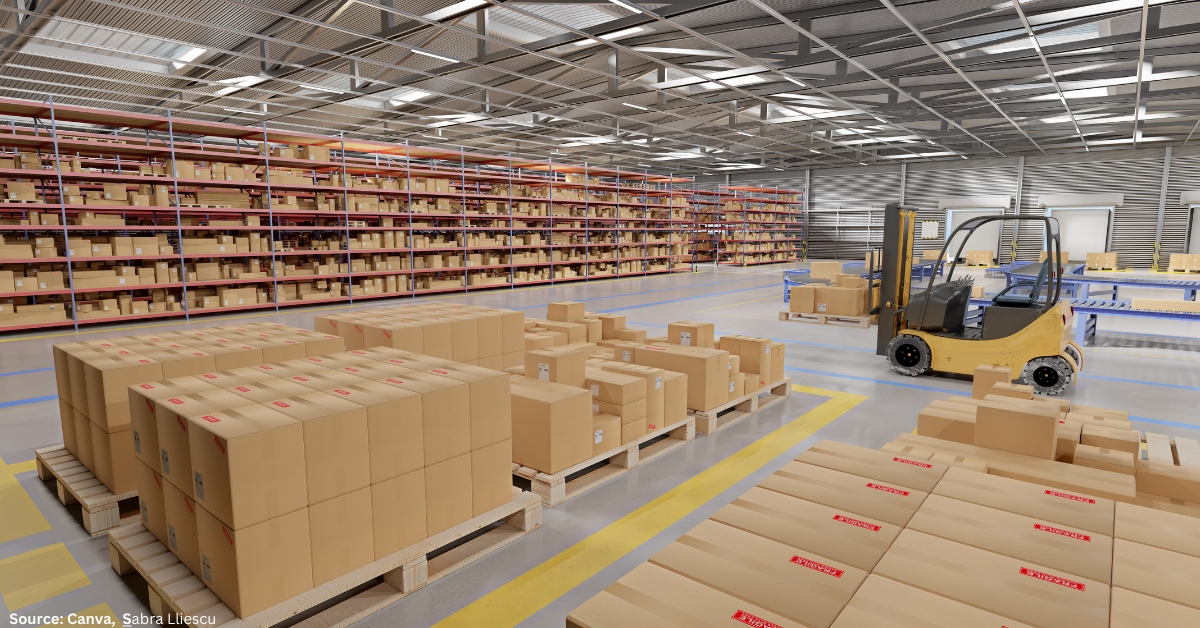As consumers continue to welcome the convenience of same-day delivery and click-and-collect services, retailers are focused on improving their last-mile delivery capabilities. David Oldridge, Joint-Managing Partner at BPS Global Australia discusses the role of micro-fulfilment in the pursuit of accurate, quick, and reliable online delivery.
Micro-fulfilment centres are small-scale warehouse facilities in populated urban locations closer to the end-consumer. One of their main abilities is to enable retailers to improve delivery times and the customer experience.
As they offer significant benefits around greater customer satisfaction and faster delivery times, we’re seeing more retailers explore this approach.
Not only do they enable more efficient direct-to-consumer deliveries, but with the increased accessibility and flexibility of automation, micro-fulfilment centres have become much more financially viable and attractive in recent years.
However, before moving full speed ahead with this approach – there are a few things to consider.
Pareto’s Principle the 80/20 rule
The primary reason for any retailer holding inventory is to meet its service level commitments. Whether that’s same-day or next-day, retailers make a promise to their customer that they must keep.
With that in mind, an important principle when considering micro-fulfilment is the Pareto Principle. The rule states that 80% of a company’s sales, come from 20% of its inventory.
Offering a unique opportunity to be closer to the customer, in-depth inventory analysis needs to be done to be able to make the most of the micro-fulfilment method.
If a centralised distribution centre holds 100% of SKUs available, then smaller sites closer to an organisation’s customer base will be more cost-effective if they hold the most popular SKUs – the 20% of the range and 80% of the volume, the Pareto’s Principle.
We’ve seen countless organisations struggle to make the micro-fulfilment model work because they often do not do the groundwork needed in analysing their inventory.
With the right inventory mix, the improvements to service levels, customer experience and last-mile freight savings make micro-fulfilment centres a great opportunity. But if they are used to hold the wrong inventory, it becomes a lot harder to justify the investment.
Warehouse as a Service WaaS
While in-depth analysis needs to be done on the cost of inventory vs increased service levels, micro-fulfilment centres don’t just offer faster, more convenient delivery – they also change the way a warehouse traditionally operates.
Being closer to the point of sale means many micro-fulfilment centres benefit from multiple daily deliveries to physical stores, click-and-collect sites, or direct-to-consumer – ensuring a retailer does not miss out on a sale.
They can also reduce back of store size, such as an online processing centre that can fulfil same day deliveries due to its an urban location. With the right data analysis, a micro-fulfilment centre becomes a very strategic stocking point.
By becoming a Warehouse as a Service, other necessary tasks such as tagging, bagging, and returns processing can also be done from this site – offering further customer improvements and cost-savings.
Integrated systems
To truly make the most of the micro-fulfilment approach, there is a significant amount of background work that must be done.
This includes having systems in place that allow real-time visibility of inventory across an entire network. Order processing systems must all be integrated so that every point of sale has real-time accurate data.
If an organisation has inventory in 25 stores, four micro-fulfilment centres and a centralised DC – accurate inventory levels are absolutely crucial. While the Square Root Law (SRL) of inventory predicts an increase in inventory of 227% (4 micro-fulfilment centres) the offset savings in service and product availability provide a total saving to the operation.
Without this step, any benefits from micro-fulfilment centres are soon lost on split shipments, lost sales due to inaccurate inventory information on the customer side and inflated freight costs delivering orders where delivery fees were miscalculated due to inaccurate stock levels.
The benefits are clear
While there is a lot of groundwork to be done in getting micro-fulfilment centres to work effectively, the benefits often outweigh the cost.
As consumers place more emphasis on fast, convenient, and cheap delivery – we envisage micro-fulfilment centres to become more and more popular.
But just like automation cannot be considered a solution to fix all problems, neither can micro-fulfilment centres. The fundamentals of targeted inventory, integrated systems, order processing systems, the right kind of flexible and agile automation and ultimately having the right stock in the right place all come into the picture when trying to prove the case for micro-fulfilment.
















































Follow us on social media